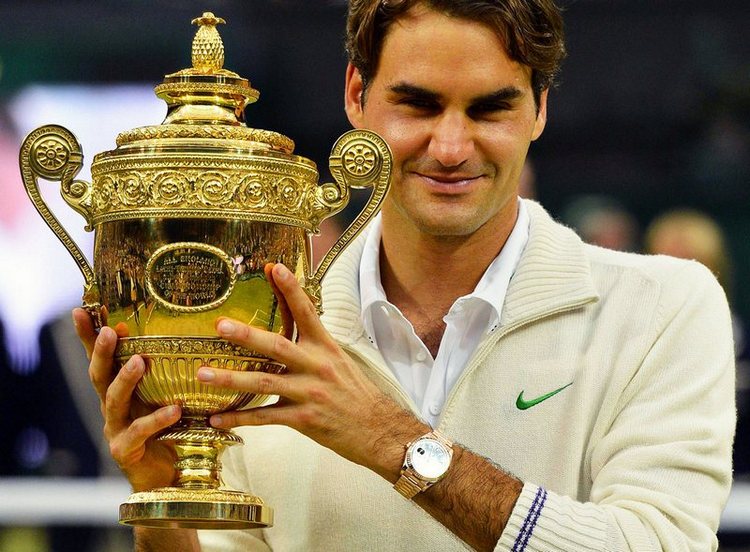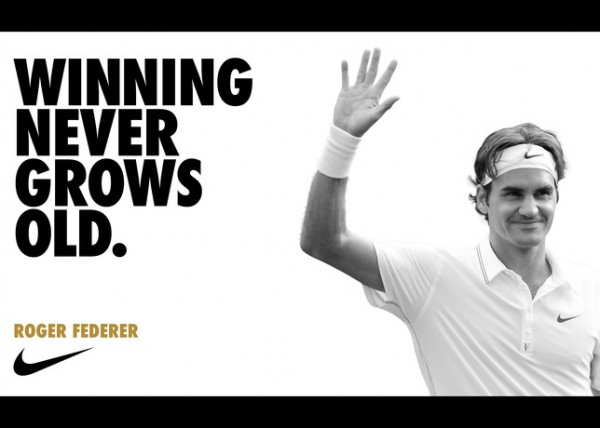Well, like many other answers to questions aroused from business and life, we cannot be sure. But one thing I strongly believe, we do change, for the better.
In business we care a lot about brands, and consider a big brand a business success, but brands (that represent success) also exist in many other aspects in life. It may seem pretty random a thought, but take Roger Federer for example. In modern tennis, Federer seems like a living monument. He owns almost every possible record in the field. And the most important thing: everyone reveres him, from fellow players to the sport’s fans, and even its legends. As a ‘brand’, he represents perfection, class, elegance and true sportsmanship. Another reason why Roger can be considered a brand is that there are actually some true successful business brands that partner with him, to share the same viral image. The Nike clothing that he always wears, most of them have now been customized for himself only, the Rolex that he wears every time he lifts a major trophy, the Mercedes that he drives. How does Roger relate to change nevertheless? Well, take a moment to get out of the fancy story, and step back to reality to figure this out: Roger is also a human. As a young athlete, in general, Roger was a hothead. He is described to always be smashing his rackets and even offending his partners. But yes, the changing point of the story, Roger partnered with a wise Australian coach who helped put sense into him and eventually turned the bad-tempered kid to the classy legend. Apparently Federer changed for the better. But that’s just an one-sided story. There have been many cases when Roger had to choose whether or not, and eventually refuse, to change. For example, at the age of 11 he was (already) faced with a career choice, between soccer and tennis. Though how Roger’d be doing as a soccer player now remains a mystery, tennis turned about to be enough good a choice. Despite the importance of the decision for a 11-year-old, Federer somehow managed to stick to what he was doing well, given that many of his family members were soccer pros and encouraging him to choose soccer in those early days. Who would imagine Roger now had he agreed to change in that situation?





